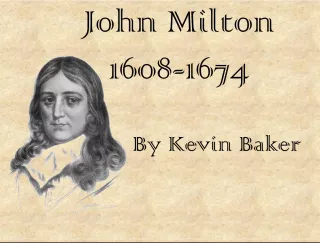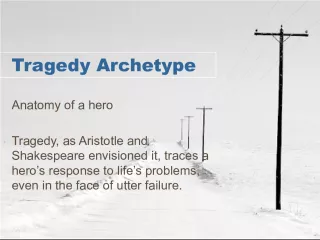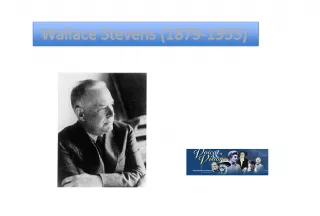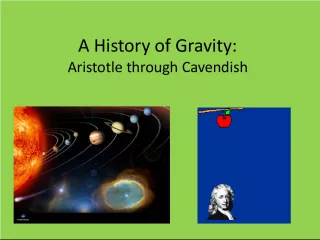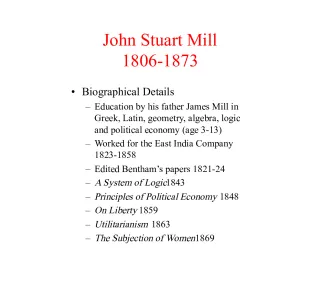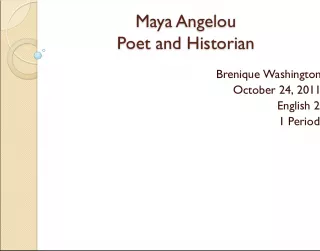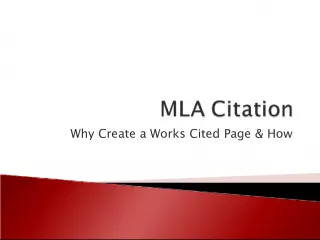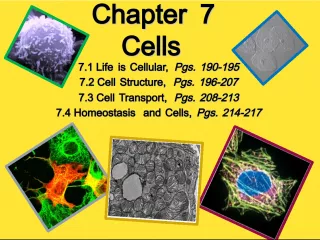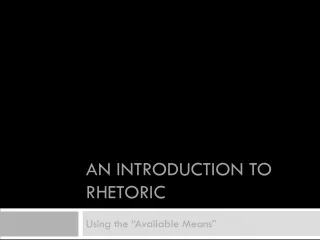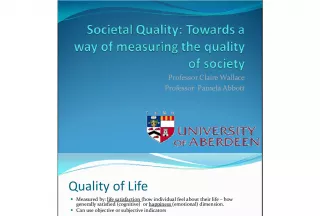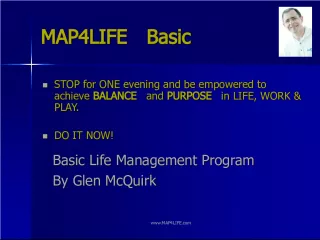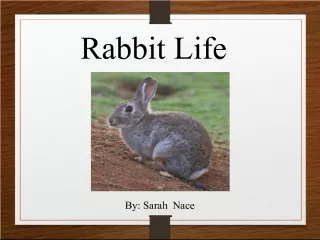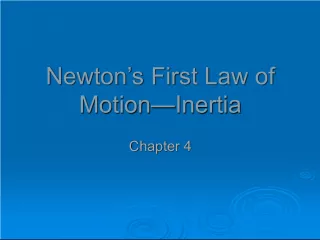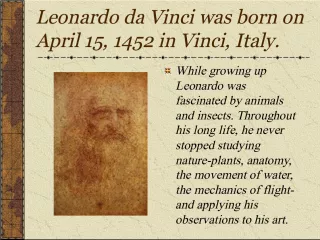The Life and Works of Aristotle


Learn about the Ancient Greek philosopher Aristotle, from his early life in Macedonia to his time at Plato's Academy and his later establishment of the Lyceum. Discover his important works on physics, metaphysics, ethics, the soul, and literary theory.
- Uploaded on | 0 Views
-
 javion
javion
About The Life and Works of Aristotle
PowerPoint presentation about 'The Life and Works of Aristotle'. This presentation describes the topic on Learn about the Ancient Greek philosopher Aristotle, from his early life in Macedonia to his time at Plato's Academy and his later establishment of the Lyceum. Discover his important works on physics, metaphysics, ethics, the soul, and literary theory.. The key topics included in this slideshow are Aristotle, ancient Greece, philosopher, Lyceum, Plato's Academy,. Download this presentation absolutely free.
Presentation Transcript
1. The Ancient Greeks Aristotle
2. Life Born in 384 B.C., to the personal physician to the king of Macedonia At age 18, he went to Athens To study at Plato's Academy. He stayed there for twenty years. He was appointed the head of the royal academy of Macedonia, where he tutored many kings, including Alexander the Great.
3. Life He later returned tom Athens and established his own school, the Lyceum. During this time, he wrote his most important works: Physics Metaphysics Nichomachean Ethics De Anima Poetics
4. Relationship with Alexander the Great When Alexander became Emperor, he referred to himself as a god, a practice that Aristotle publicly denounced. Alexander sent threatening letters to Aristotle and even executed Aristotle's grandnephew as a traitor. After Alexander's death, some Greek leaders accused Aristotle of not holding the gods in honor (sound familiar?). Aristotle fled Athens, saying he would not allow Athens to sin twice against philosophy.
5. Aristotle Aristotle was a polymath , a person whose knowledge spans a wide variety of subjects. He made significant contributions to S c i e n c e Art Theater Mathematics Metaphysics L o g i c Linguistics E t h i c s Music Logic Politics Rhetoric Physics P o e t r y . . .to name a few
6. Aristotle Aristotle was very interested in categorizing things and processes. He is credited with creating the Scientific Method. He was the first to propose a fifth element to the classical list of four (earth, air, fire, and water), a ether which was a divine element that made up the heavenly bodies.
7. Materialism Aristotle rejected Plato's Idealism, proposing instead that true reality could be found only in the material world. In other words, the ideal Form of any object does not exist separately from it, but is intrinsically tied to that object. His writings were translated into Arabic and were widely taught in the Muslim world for centuries Many schools of Western philosophy base their legitimacy upon Aristotle, such as Thomas Aquinas, founder of the Scholastics Karl Marx, founder of communism
8. Logic Aristotle was also the first person to develop a systematic method of reasoning called Logic. Logic is a mathematical method of organizing an argument by using fact to reach a conclusion, for example: All men are mortal. Socrates is a man. Therefore, Socrates is mortal. A B A C C B
9. Quotes "All men by nature desire knowledge." "Dignity does not consist in possessing honors, but in deserving them." "Education is an ornament in prosperity and a refuge in adversity." "Even when laws have been written down, they ought not always to remain unaltered." "I count him braver who overcomes his desires than him who conquers his enemies; for the hardest victory is over self."
10. Body Biography THE HEART What he loves the most THE BACKBONE What his most important goal? THE FEET What is the foundation for his beliefs? What does he stand for? THE HANDS What is the work that he does? What tools does he use? QUOTATIONS Direct quotations Things other people say SURROUNDINGS Other influences WRITTEN EXPLANATION Write a paragraph explaining your design Explain each of the symbols you used and why
